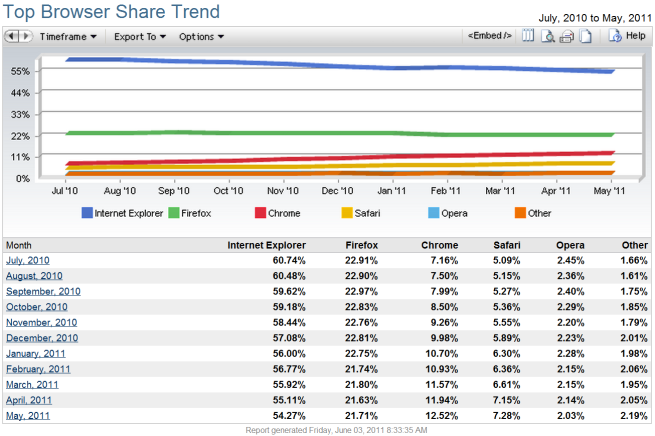Google Chrome/OS to use new rendering engine ‘Blink’ based on predecessor Webkit

In a surprise announcement made at the Chromium Blog today, Google announced that Chrome OS, Chrome, and Opera will use a new rendering engine titled ‘Blink’. Blink is based of the current rendering engine WebKit. Google states the change is “not an easy decision,” but the change is necessary due to a ‘slow down of innovation.”
Google seems quite apologetic in the blog post, noting it understands the change may have significant implications for the web, but hopefully, in the long run, it will improve the health of the open web ecosystem.
It noted that the change will have little impact in the short-term to developers and Internet users, but Google hopes that the removal of the “multi-process architecture” will simplify the engine’s code and ease the difficulty required to develop for Chrome and Chrome OS. Ultimately, Google also hopes the new engine will speed up Internet load times.
The full press release via the Chromium Blog is available below.




